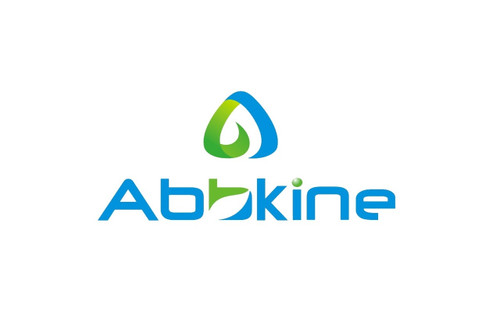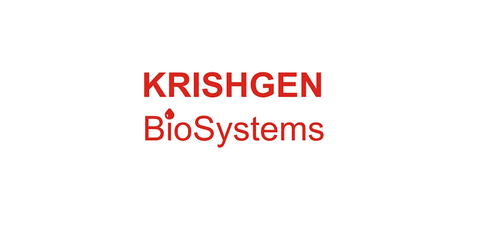Product Description
Human CD40 receptor/soluble (CD40) ELISA Kit | AE59126HU | Abebio
Species Reactivity: Human (Homo sapiens)
Abbreviation: CD40
Alternative Name: Bp50; CDW40; MGC9013; TNFRSF5; p50; B cell surface antigen CD40|B cell-associated molecule|CD40 antigen|CD40 antigen (TNF receptor superfamily member 5) |CD40 type II isoform|CD40L receptor|nerve gro
Application: ELISA
Range: 15.6-1000 pg/mL
Sensitivity: 5.8 pg/mL
Intra-Assay: ≤4.3%
Inter-Assay: ≤7.1%
Recovery: 1, 01
Sample Type: Serum, Plasma, Other biological fluids
Detection Method: Sandwich
Analysis Method : Quantitive
Test Principale: This assay employs a two-site sandwich ELISA to quantitate CD40 in samples. An antibody specific for CD40 has been pre-coated onto a microplate. Standards and samples are pipetted into the wells and anyCD40 present is bound by the immobilized antibody. After removing any unbound substances, a biotin-conjugated antibody specific for CD40 is added to the wells. After washing, Streptavidin conjugated Horseradish Peroxidase (HRP) is added to the wells. Following a wash to remove any unbound avidin-enzyme reagent, a substrate solution is added to the wells and color develops in proportion to the amount of CD40 bound in the initial step. The color development is stopped and the intensity of the color is measured.
Product Overview: CD40 is a protein that is primarily expressed on activated T cells and is a member of the TNF superfamily of molecules. It binds to CD40 on antigen-presenting cells (APC), which leads to many effects depending on the target cell type. In general, CD40L plays the role of a costimulatory molecule and induces activation in APC in association with T cell receptor stimulation by MHC molecules on the APC. In total CD40L has three binding partners: CD40, α5β1 integrin and αIIbβ3. CD40L is expressed on the surface of T cells. It regulates B cell function by engaging CD40 on the B cell surface. A defect in this gene results in an inability to undergo immunoglobulin class switch and is associated with hyper IgM syndrome.
Stability: The stability of ELISA kit is determined by the loss rate of activity. The loss rate of this kit is less than 5% within the expiration date under appropriate storage condition. The loss rate was determined by accelerated thermal degradation test. Keep the kit at 37°C for 4 and 7 days, and compare O.D.values of the kit kept at 37°C with that of at recommended temperature. (referring from China Biological Products Standard, which was calculated by the Arrhenius equation. For ELISA kit, 4 days storage at 37°C can be considered as 6 months at 2 - 8°C, which means 7 days at 37°C equaling 12 months at 2 - 8°C) .
 Euro
Euro
 USD
USD
 British Pound
British Pound
 NULL
NULL








